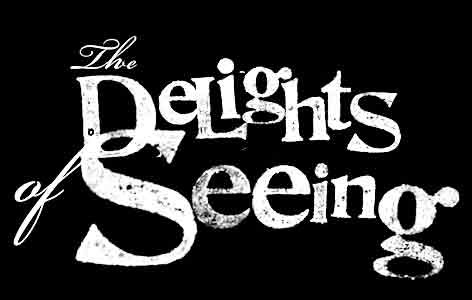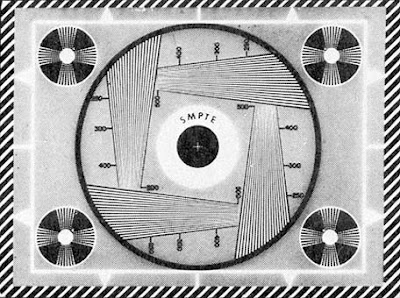from the David Rumsey Map collection
old zodiac map, Holland
What is a map? We take them for granted and consider them to be the truth. However, the are created by humans to add order to the world. They show us imaginary places and are used as political tools of power. Early maps show unusual shapes, forms and creatures based on stories myths and legends. Watch the BBC documentaries from their Map season here.
Andreas Cellarius Palatinus published his Atlas Coelestis seu Harmonica Macrocosmica 1661 in Amsterdam. The 29 charts hand-coloured maps are probably the most artistic renditions of the scientific ideas of his time about the planetary system. This map is an illustration of the Ptolemaic system. The Earth, the centre of the planetary system, is shown in great detail, with the North Pole in the centre, America in the upper half and Europe and Africa in the lower half. A silver chariot on a silver-white circle indicates the path of the Moon, a golden chariot on a golden circle the path of the Sun. The planets are found on the remaining circles.
Detail from the Tabula Peutingeriana showing Rome on the right, represented by a crowned figure on a throne
Sohei Nishino - Diorama Map New York
Sohei Nishino - Diorama Map London 2010
This Photographic joiner of the city of London is a patchwork of around 4,000 Black and White photographs by Japanese artist Sohei Nishino. Nishino has mapped out ten cities including London, Paris and New York City. Nishino describes the process as "re-imagining" a landscape and it begins with a month long walk through the city. He photographs different sections of a City on Black and White film. He then hand processes the images and assembles them using scissors and glue in his Tokyo Studio. In an age where photographs are consumed on glowing computer screens and not printed out Nishino makes large, physical objects assembled from photographs printed by himself. The images are linked to ancient maps that abstracted land and our modern world of google earth.
Langlands & Bell, ‘The House of Osama Bin Laden”
Air Routes of the World (Day & Night) - Langlands & Bell 2001
Langlands and Bell are a pair of artists who have been collaborating since 1979. They are interested in how people interact with their surroundings and the environments they create. They use a variety of media from sculpture to digital works. They have taken plans of buildings and recreated them with any labels removed. Langlands and Bell have also made prints based on the routes airplanes have taken and presented them in a simple graphic form. By removing the labels associated with these plans they have created pieces with a simple, ambiguous, minimal beauty.
Richard Long, 'A Line Made By Walking', 1967
Part performance art, part sculpture, part photography - Richard long has made art from walking through a field. He has drawn into the grass and left a trace of his journey and this photograph is the only trace of that mark
George W Hales 'Vapour Trails'
Like Richard Longs image we can see traces, marks and stains all around us and photography is the perfect medium to capture these ephemeral events.
An old anatomical illustration of a horse
A sketch of a toy horse
Anatomical maps of humans and animals map our insides. Like with maps what is depicted changes with the knowledge of the society and culture that produced them. Diagrams have a strange beauty about them especially when taken from their original origins.
Biology Today was a college biology text book in the 70′s and early 80′s. Biology Today via on A Journey Round My Skull and ISO50 blog.




















